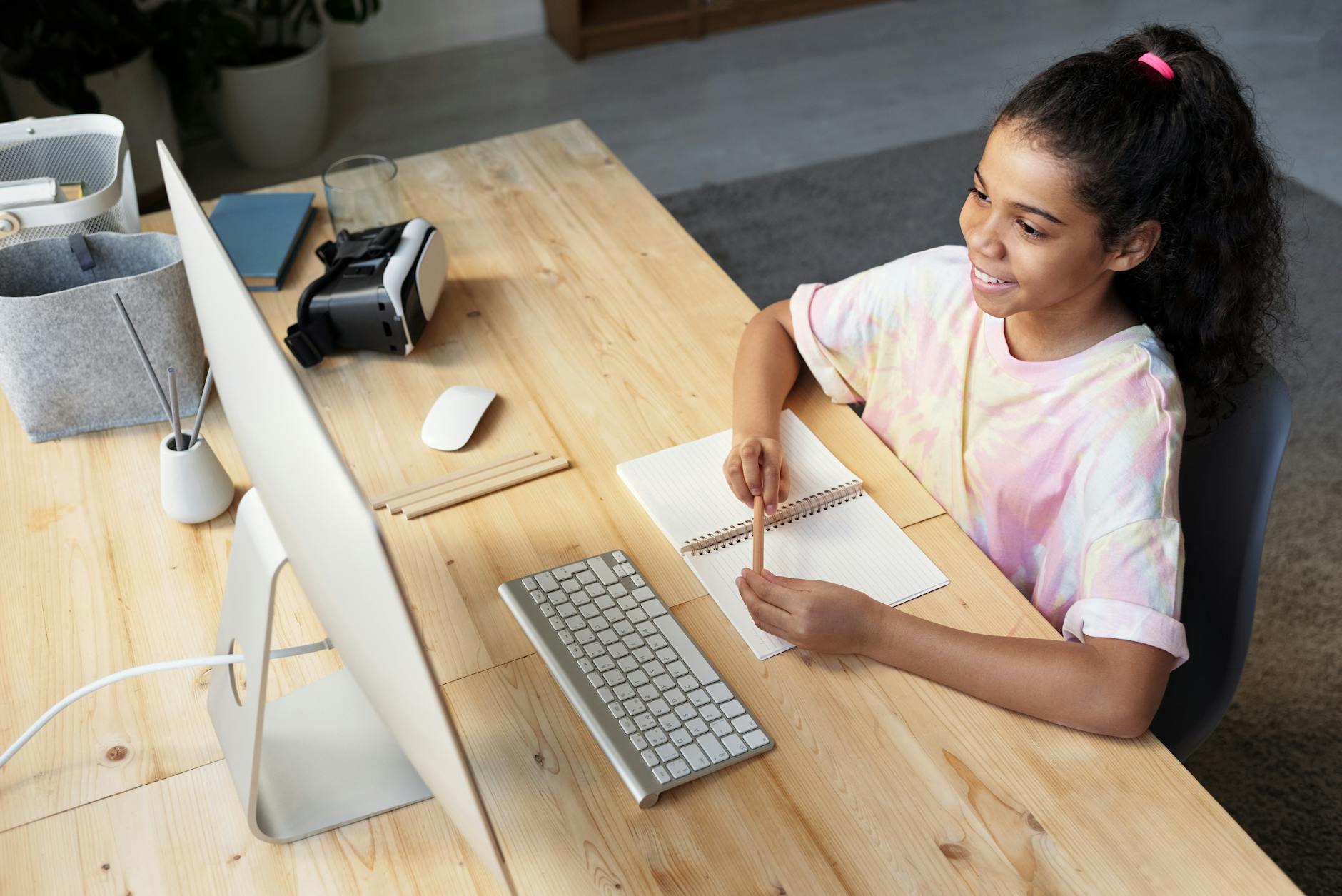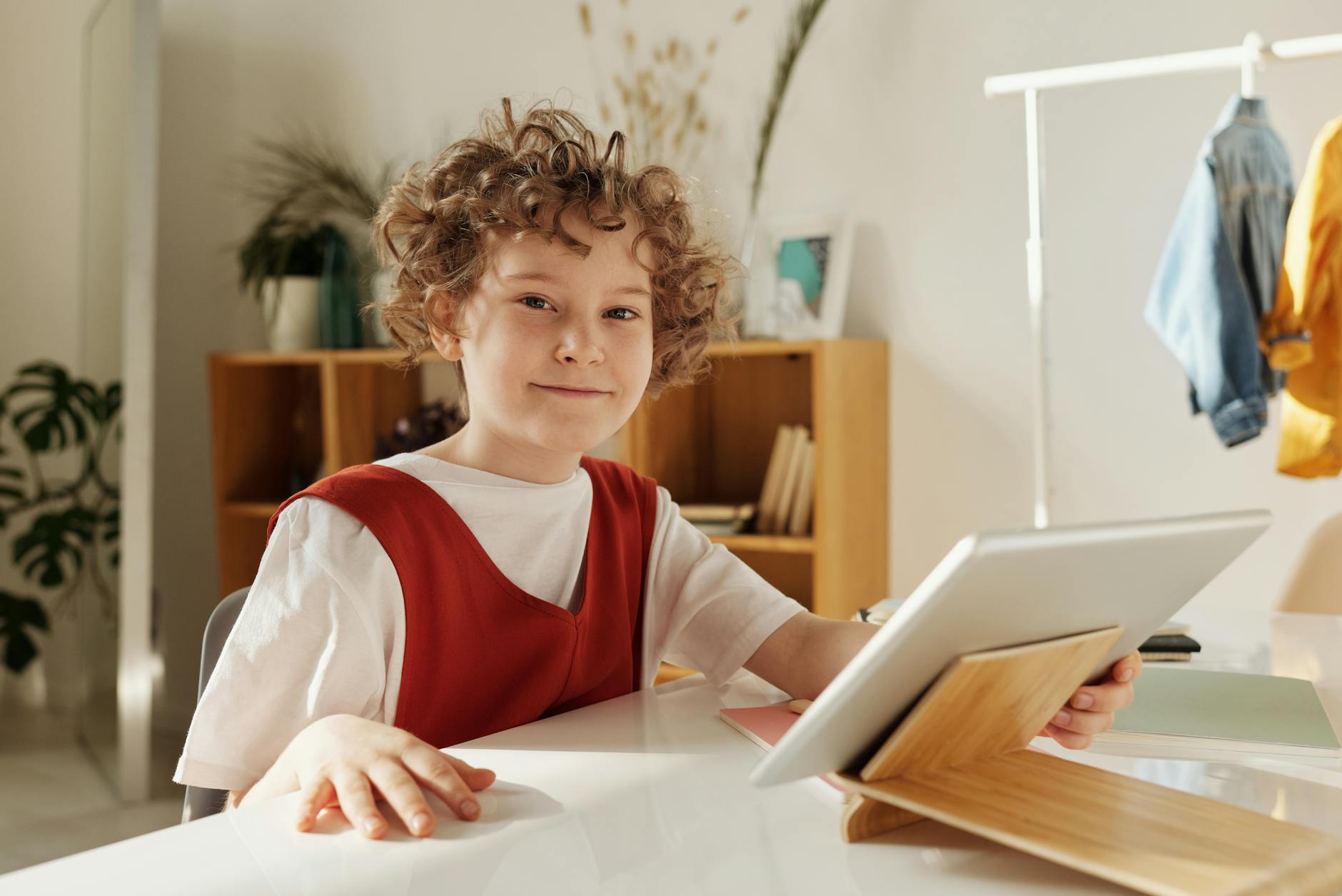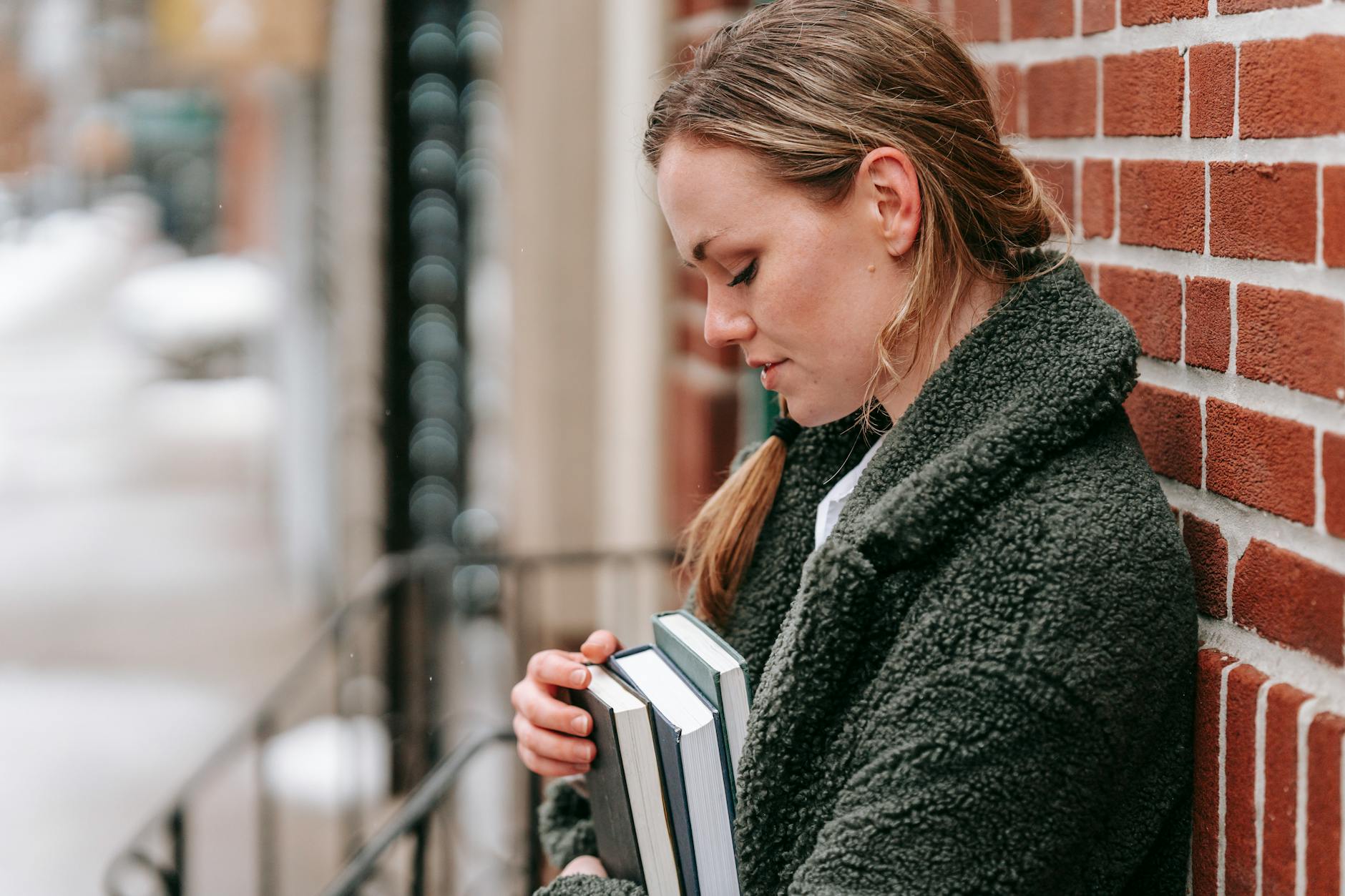Are Interactive Art Experiences the Next Big Thing in the United States?

Exploring Interactive Art
As a tech enthusiast with a creative edge, it's exciting to witness how interactive art continues to reshape our creative landscape. This evolving art form thrives in environments where technology and creativity meld, like the vibrant Wicker Park art studios here in Chicago. Interactive art enables participatory experiences, inviting audiences to become part of the artwork, rather than passive observers. It redefines how we engage with art and opens up new pathways for both creation and appreciation.
Experience gifts have become a popular way to allow recipients to explore such art forms through engaging activities. An experience gift card, for instance, can serve as a ticket into this innovative world. These gifts introduce recipients to diverse opportunities, from hands-on workshops to immersive gallery exhibits.
One creative twist on experience gifts involves activities like attending a paint and sip Chicago event, where participants can channel their inner artists while enjoying a social atmosphere. Such activities illustrate how interactive art can connect individuals with creative outlets, blending social interaction with artistic expression.
Interactive art encourages us to explore personal creativity and problem-solving abilities in a communal space. It breaks down the traditional barriers between artists and audiences, fostering a sense of community and shared exploration. The rise of interactive art in locations like Chicago not only enriches local culture but also offers dynamic new avenues for personal and artistic expression.
Interactive Art's Impact
Engaging Audiences
Interactive art captivates audiences by merging technology with creativity. The lure lies in its ability to transform passive viewers into active participants. For instance, workshops such as cooking classes NYC provide hands-on culinary experiences that ignite all senses. Here, participants become an integral part of the art, contributing their touch, taste, and creativity. Moreover, these interactive settings offer dynamic environments where individuals feel immersed, fostering deeper connections with the subject matter.
Fostering Creativity
Interactive art thrives on creativity. By combining tech-driven elements with artistic flair, it pushes the boundaries of conventional art forms. In the Bay Area, you might come across a vibrant paint and wine Bay Area event. These gatherings not only cultivate artistic expression but also introduce participants to tech tools that enhance their creative output. The synergy between technology and artistic elements serves as a catalyst for fresh ideas and innovative approaches.
Encouraging Cultural Exploration
Interactive art installations are platforms for cultural exploration, often reflecting diverse perspectives and narratives. They invite audiences to engage with cultures through tactile and visual experiences. Take inspiration from the "interactive exhibitions at the Museum of Contemporary Art" in Chicago, where attendees interact with the art to form personal interpretations. Such experiences can broaden cultural understanding and appreciation, offering profound insights into both local and global narratives.
Teaching with Interactive Art
Classroom Applications
Integrating interactive art into the classroom opens a vibrant world of possibilities for engaging students. Imagine transforming lessons with creative methods that captivate young minds through technology-enhanced environments. By leveraging digital tools such as augmented reality, teachers can bring art concepts alive in innovative ways. For example, virtual reality headsets might recreate historical art periods, allowing students to experience being inside a famous artwork. The blend of art and technology encourages exploration and critical thinking, much like interactive exhibitions at the Museum of Contemporary Art can inspire visitors.
Curriculum Integration
Incorporating interactive art into the curriculum doesn't just expand creative expression—it reshapes how students perceive the arts. Projects that blend tech with artistry allow students to engage with subjects dynamically. Educators can integrate tools like animation software, coding platforms, or online galleries into lesson plans, making subjects more relatable. This approach not only satisfies educational standards but also resonates with students’ tech-savvy tendencies by connecting artistic principles with coding logic or digital storytelling.
Overcoming Resource Challenges
Resource limitations often pose a challenge, but educators can creatively sidestep these hurdles. virtual team building activities can be tailored for classroom settings to foster collaboration and teamwork without needing extensive supplies. Utilize open-source software or freely available online tools, which provide an abundance of resources and allow students to experiment with digital art-making processes. Sharing cost-effective solutions like this aligns closely with educators striving to offer new experiences within budget constraints, much like those crafting bachelorette party ideas. This strategic approach ensures arts education remains inclusive and exciting for all students, regardless of available resources.
Interactive Art Experiences in the U.S.
In the vibrant world of interactive art, the United States boasts a rich tapestry of experiences that capture both the imagination and the senses. Venues like the interactive exhibitions at San Francisco's Exploratorium offer a deep dive into artistry that engages mind and body alike. Of course, for those who can't make the trek, there are plenty of online craft classes that allow participants to create in the comfort of their own homes, making art education more accessible across different regions.
Regional variations highlight the United States' diversely rich culture. In San Francisco, for instance, experiences such as paint and sip San Francisco cater to professionals seeking a unique blend of social interaction and creativity. These popular sessions combine the soothing act of painting with a lively atmosphere, making art feel both approachable and entertaining.
Future trends suggest an intriguing fusion of technology and artistry, where virtual reality may transform how we view and create art. This move towards tech-integrated creativity promises innovative experiences that could redefine art education. Whether you're an educator like Lucas browsing for inventive class ideas or an enthusiast drawn to art's evolving forms, these emerging trends are key to staying creatively engaged and inspired.
Addressing Key Challenges
Navigating Budget Constraints
When it comes to crafting captivating interactive art experiences, budget constraints often stand as a towering hurdle. Many artists and venues, whether in the bustling heart of Chicago or the vibrant art hubs of Wicker Park, grapple with finding the right balance between creativity and cost-effectiveness. To tackle this, leveraging collaborative initiatives can be a game changer. For instance, local institutions like the Art Institute of Chicago may offer grants or partnership opportunities that help lift financial burdens. Creative funding strategies such as crowd-sourcing platforms can also connect artists with patrons eager to support innovative endeavors. This, in turn, opens doors for interactive exhibitions at venues like the Museum of Contemporary Art, where technology and creativity harmoniously collide.
Overcoming Accessibility Barriers
In today's art scene, inclusivity is non-negotiable. Accessibility challenges can deter potential audiences from participating in these meaningful experiences. Ensuring that interactive art installations cater to individuals with diverse needs is paramount. Whether it's integration of assistive technologies or designing sensory-friendly exhibits, art spaces must be proactive. Be it modifying installations at a Wicker Park art studio or enhancing virtual accessibility options for remote attendees, prioritizing inclusivity ensures everyone can partake in the creative journey. This is not just a logistical necessity, but enriches the communal tapestry of art.
Harmonizing Tech and Artistic Vision
Blending technology with creativity isn't just a trend—it's the future. But, maintaining equilibrium between digital marvels and artistic expression can be tricky. It's crucial for creators to let the art lead while allowing technology to enhance the experience, rather than overshadow it. For example, in a dynamic city like Chicago, melding augmented reality features within traditional mediums can elevate viewer engagement without diluting the artwork's essence. By viewing technology as a tool rather than the centerpiece, artists ensure their vision takes center stage, fostering a space where both tech enthusiasts and art lovers find common ground.


